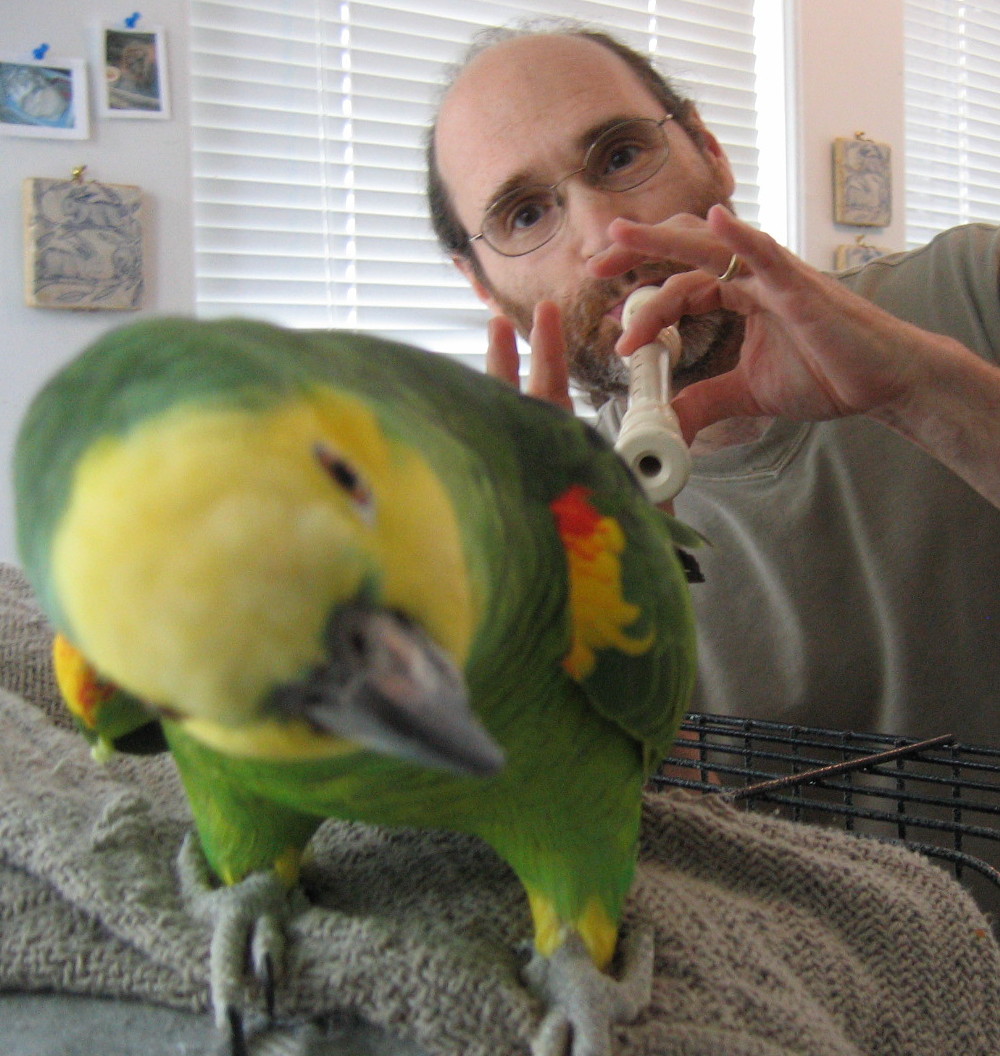 If I remember correctly, when I was younger, my basic criterion for picking a horn or mouthpiece was tone. If it had a tone that I warmed to and identified with, I would try to play it, even if it was not the easiest equipment for me to play.
If I remember correctly, when I was younger, my basic criterion for picking a horn or mouthpiece was tone. If it had a tone that I warmed to and identified with, I would try to play it, even if it was not the easiest equipment for me to play. But over the last several years, this changed. My first and foremost criterion is if the equipment is comfortable to play--meaning ease of response, range and articulation. BUT, I do still need to identify with the quality of sound. The problem is, different equipment fits different music; so, at times, I will change bells or mouthpieces to 'assist' my efforts to produce the qualities that I am seeking.
The other interesting and, at times, annoying feature is my own changing physical needs. Sometimes, a heavier bell section feels right; sometimes a light bell section feels right. What to do?! It makes me just want to pick the equipment that 85 to 90% of the time will feel pretty good and forget about entertaining the idea of frequent changes in equipment. So, my present criteria for equipment are:
1. Ease of:
_a. response & range
_b. articulation
_c. flexibility
2. Tone quality
3. Endurance
The list is not really in order of importance but related keywords are "easy" and "natural," i.e., what is going to give me the least fight, so I can make the most music.
If I let myself be totally absorbed in loving one type of sound, it would take too much of my energy, if the equipment was not 'cooperative' in all the other aspects of playing. I want the majority of my attention and energy to be in the 'life pulse' of the music, the spirit of the music. Tone is only one part of it.
I have noticed that some equipment will 'not allow' a player to have flexibility in timbre and nuance changes. These instruments can be excellent for stability or specific styles but are often not very malleable. At this point, I need an instrument that will bend with me. But of course, this can change!


